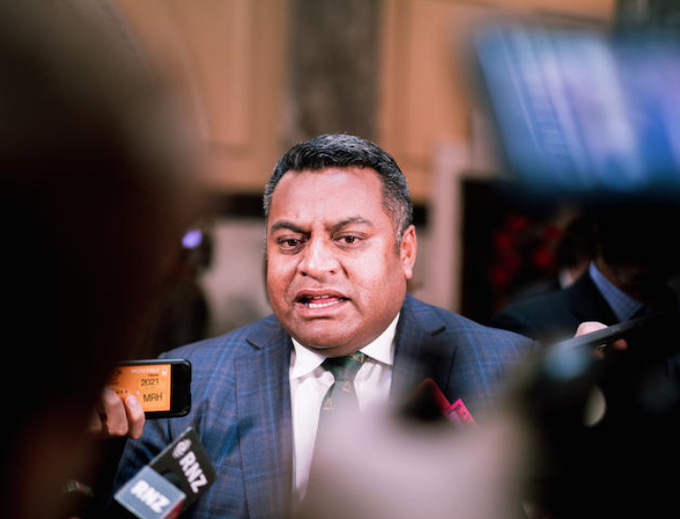
SPECIAL REPORT: By Sri Krishnamurthi for Asia Pacific Report
The announcement in February of a new $55 million, three-year Public Interest Journalism Fund (PIJF) by Minister for Broadcasting and Media Kris Faafoi suggested a revitalisation of tired old traditional media models.
Since then it has been viewed suspiciously by journalists with right-leaning tendencies and denizens of the dark who contend the government is attempting to curry favour with this bauble.
What makes it more than a shiny trinket became clear with one of the five goals of the PIJF being an ambition to “reflect the cultural diversity of New Zealand”.
- READ MORE: How NZ’s Public Interest Journalism Fund can help ‘normalise’ diversity (Part 1)
- Perceptions over NZ’s public interest journalism project – saint or sinner? (Part 2)
- Public Interest Journalism Fund
To that end, a three-pillar model was developed for:
- Project funding – for tightly defined projects delivered to a deadline, similar to those funded via the NZ Media Fund Factual stream;
- Role-based funding – supporting newsrooms for the employment of reporters, clearly tied to content outcomes; and
- Industry development funding – including cross-industry cadetships, and targeted upskilling initiatives
Public Interest Journalism does not pander to the murky side of clickbait, advertorial, fake news, censorship, propaganda and voyeurism.
The fund ‘was a necessity’
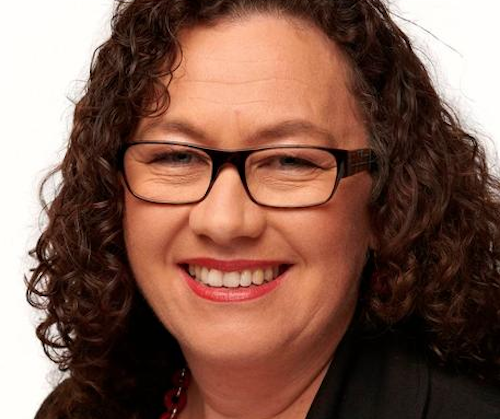
As experienced journalist and producer Raewyn Rasch, who was appointed by New Zealand on Air (NZOA) as Head of Journalism alludes, the fund was a necessity.
“The impact of covid-19 had exacerbated the decline of traditional commercial media models,” she said.
“Prior to covid-19, rapid technological change and changing consumer behaviour was already causing financial constraints for media organisations as advertising revenues moved away from traditional media outlets towards online platforms and social media.”
It was time to sweep with a new broom as the media grappled with the changing landscape.
“As a result of covid-19, further declines in advertising revenue have resulted in significant journalist redundancies, pay cuts and disposal of infrastructure, with further cost-cutting measures expected,” explained Rasch.
That was confirmed by Crawford Media Consulting, which was engaged to interview industry players and find dominant trends prevalent in the media market.
“The decline in the provision of public interest journalism (PIJ) to New Zealand audiences is real and widespread. At the same time, PIJ output has reduced, the attractiveness of journalism as a career has collapsed.
Closure of journalism schools
This collapse is seen in the closure of journalism schools and the declining applications to one high-profile journalism course,” the report said.
Rasch saw the dire need for a calculated injection of funding to secure the decline in industry numbers.
“Covid-19 has accelerated the need to confront the pre-existing and fundamental challenges facing the news media sector,” Rasch said.
“Media companies have to adapt and transition to more sustainable business models that would fit the future media outlook, and continue to provide vital public interest journalism”.
It was then easy to assume then that Māori, Pasifika and other ethnic minority media had been marginalised.
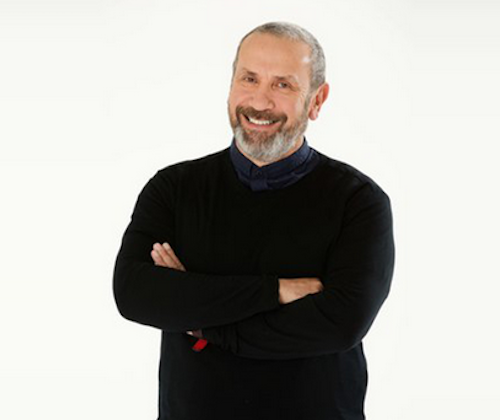
It came as no surprise that Taualeo’o Stephen Stehlin, managing director of Sunpix, which produces Tagata Pasifika (TP), felt aggrieved at the way the Pacific programme was sidelined by state-owned Television New Zealand.
“I think [PIJF] is a great start and we have [funding] for two roles [for its new website TP+] for two years, although it is more than TP which gets funded from year to year [by the Ministry of Heritage and Culture].
‘Lack of leadership’
“But the big media companies, which we were part of for 27 years, then turned around and dumped us for no other reason than a lack of leadership.
“Personally, it has been good for us but for the development and capacity-building for Pacific people it is appalling because then the training is left to much smaller organisations like us, Coconet and PMN (Pacific Media Network) and we are all tiny in the grand scheme of things,” Stehlin said.
Rasch, however, said the PIJF had worked hard with applications received to fund diversity.
“We are particularly conscious of the need for diversity, in Māori, Pacific, and Asian journalism,” she told BusinessDesk in June.
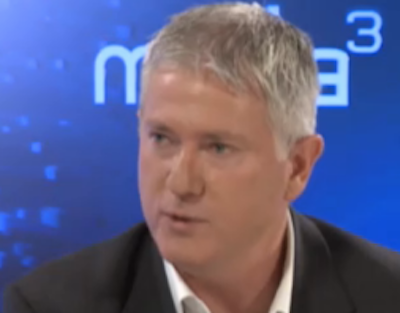
Selwyn Manning, whose independent company Multimedia Investments Ltd, publisher of Evening Report, applied but was unsuccessful, said the PIJF sought to address issues of diversity.
“There is a clear and considered effort to address diversity through prioritising a biculturalism-first approach,” Manning said.
“And, it is encouraging that Māori media and Māori initiatives were highly represented among those entities that were successful in their funding applications — at least in the first round of PIJF considerations.”
Among five goals
Among the five goals the PIJF applicants had to achieve were to:
- Actively promote the principles of Partnership, Participation and Active Protection under Te Tiriti o Waitangi;
- Acknowledge Māori as a Te Tiriti partner; and
- Reflect the cultural diversity of New Zealand
That spoke volumes for the hoops applicants had to jump through, said Manning.
“What was particularly obvious was all applicants were required to address and detail their respective commitment to Te Tiriti o Waitangi and Te Reo Māori,” he said.
“This effort was clearly considered and well beyond past tokenisms that mainstream media entities were, in past years, encouraged to address.”
He paid tribute to RNZ’s Guyon Espiner and others for inculcating Te Reo gaining acceptance in the New Zealand media vernacular.
Concerted effort
“Generally in 2021, we have seen a concerted effort on behalf of mainstream multimedia producers to present a bicultural face to their reporting,” said Manning.
“I believe Radio New Zealand producers and reporters first set an excellent benchmark in this regard. Guyon Espiner and others pioneered this bicultural expression, and I have full admiration for their effort.
“The Public Interest Journalism Fund certainly seized on this cultural shift as an opportunity to embed this expression of biculturalism within its funding selection processes,” Manning said.
“New Zealand on Air should be applauded for making such a clear requirement to all PIJF applicants.”
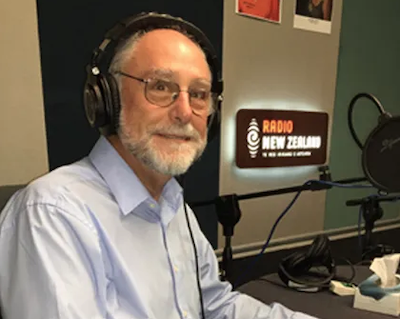
Media consultant and former editor of The New Zealand Herald Dr Gavin Ellis, who was one of a group of independent assessors who made the initial assessments, was in agreement with that view.
“The criteria for the PIJF are certainly wide enough to accommodate broad diversity and the first two funding rounds show Māori and Pasifika media are well represented. Other ethnicities have also received funding.
“Much depends on the applicants: to receive the funding they must present as compelling a case as possible. So the ball is in their court,” Dr Ellis said.
‘No systemic problems’
“I’m satisfied the PIJF has no systemic problems relating to diversity. Indeed, I would say the opposite. Diversity is a key driver.”
Manning took this further with his assertion that diversity went beyond the realms of mainstream media.
“If Public Interest Journalism funding is accepted as necessary to maintain democratic balance, then such initiatives must go further than mere corporate welfare.”
However, diversity brings its own problems and one that the interviewees identified in the Crawford Media Consulting Report. This said:
“There was a consensus that the pipeline of talent into NZ journalism is broken.
“Newsrooms cannot find experienced journalists to fill vacancies and many in the industry believe the tertiary sector is not supplying sufficiently skilled graduates.
“For this reason, interviewees were enthusiastic about the possibility of a funded cadetship programme and other training initiatives,” the report said.
That highlights the constriction created by the dearth of good quality ethnic journalists.
‘Where are these people?’
“With 110 positions in the second round, that is great, the question is where are we going to find these people?” Stehlin asks in exasperation.
“The other problem is the whole media landscape for the last 30 years has been one of a production village where big broadcasters pick and choose so the small voices never get a look in.
“But that has changed now because the younger generation is simply not watching mainstream and they don’t care about current affairs, they would rather watch themselves doing TikTok.
“The pitch (PIJF) is admirable, it will create opportunities but it remains to be seen because there is a very small pool of Pacific journalists to begin with,” he said.
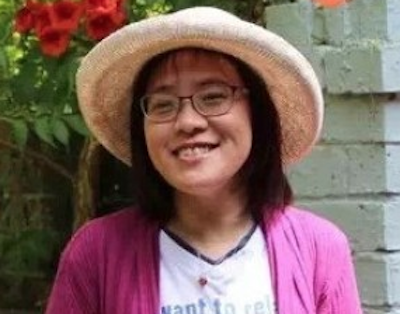
Where then do the likes of freelance journalists like Portia Mao, a Qantas Award winner who has written for North and South, Newsroom, Herald on Sunday, as well as worked for TVNZ Sunday, 60 minutes on TV3, go? Or are they meant to slip through the cracks?
“I have been working as a journalist in doing in-depth reports on big political and economic or cultural events that have happened in mainstream society since 2004,” Mao said.
“It is important to help the community integrate into New Zealand society by helping them to become informed citizens or residents. Apart from writing, I make video programmes.
Chinese candidate interview
“The video interview with Naisi Chen, the Chinese candidate during the last election got more than 8000 hits,” she says.
“I sometimes write in English to let the mainstream know what is happening in the Chinese community and what the community is concerned about. I do think my work is very important and I get no official support at all.
“It is really hard to make a living as an independent journalist.”
Mao has had to write in collaboration with Kiwi journalists whose bylines tend to dominate articles for fear of reprisals from Chinese authorities.
Of immediate concern is rectifying the broken pipeline of Māori and Pacific journalists.
That is where a training programme called Te Rito aims to train and hire 25 journalists and cadets to inject more Māori and diverse voices into the media.
Te Rito is a collaboration between Māori Television, Newshub, NZME, and Pacific Media Network and other media organisations such as Sunpix.
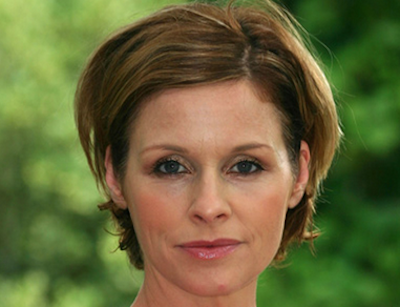
Funding for training
As Mihingarangi Forbes, presenter of the Māori programme The Hui, said:
“Yes, have been funded to do some training with iwi radio stations, also some consultation work to diversify mainstream newsrooms and we have a podcast on RNZ with Tau [Henare] and Shane [Jones] but it has been held up with covid.”
And, as one who observes from the sidelines but provides vital content, training and equipment to the Pacific Island, Natasha Meleisea, CEO for Pasifika TV (funded by the Ministry of Foreign and Trade, MFAT) and has extensive experience in media, marketing and Aadvertising assesses.
“There is a need to build a pathway for more diverse voices in journalism,” she said.
“It is timely to start thinking about broadening or redefining the concept of mainstream [media] to be more inclusive than divisive. Journalism can play an active role in normalising diversity and promoting acceptance.
“We are beginning to see this now, however, there is always more that can be done. There is hope that the PIJF will help encourage more diverse voices on-air, onscreen and online.” Meleisea said.
With the need for diversity in the media, identified by the catalyst of the 15 March 2019 mosques massacre in Christchurch, the PIJF is a bold move into uncharted waters.
Chance for a global standard
As the Crawford report concludes:
“The PIJF will invest more per year than either the UK or the Canadian PIJ schemes, in a country a fraction the size. The potential impact is big, and the scheme has an opportunity to set the global standard in terms of PIJ reinvention.
“It is not an exaggeration to say that for anyone convinced of the value of news, the initiative represents a crucial test. We hope that the information and recommendations in the full report will assist New Zealand in building a world-leading public interest journalism fund”.
At the heart of it will be diversity.











































